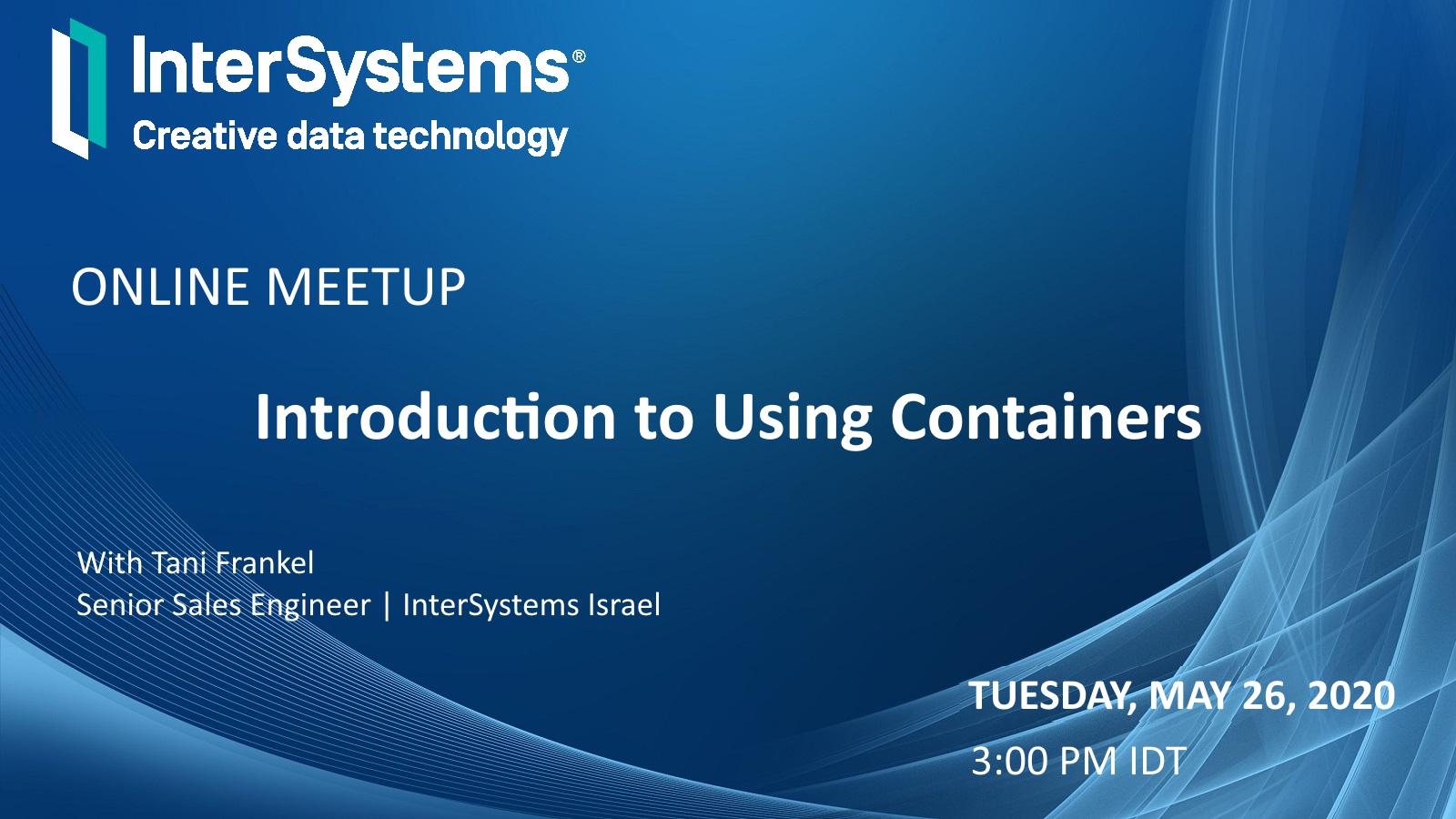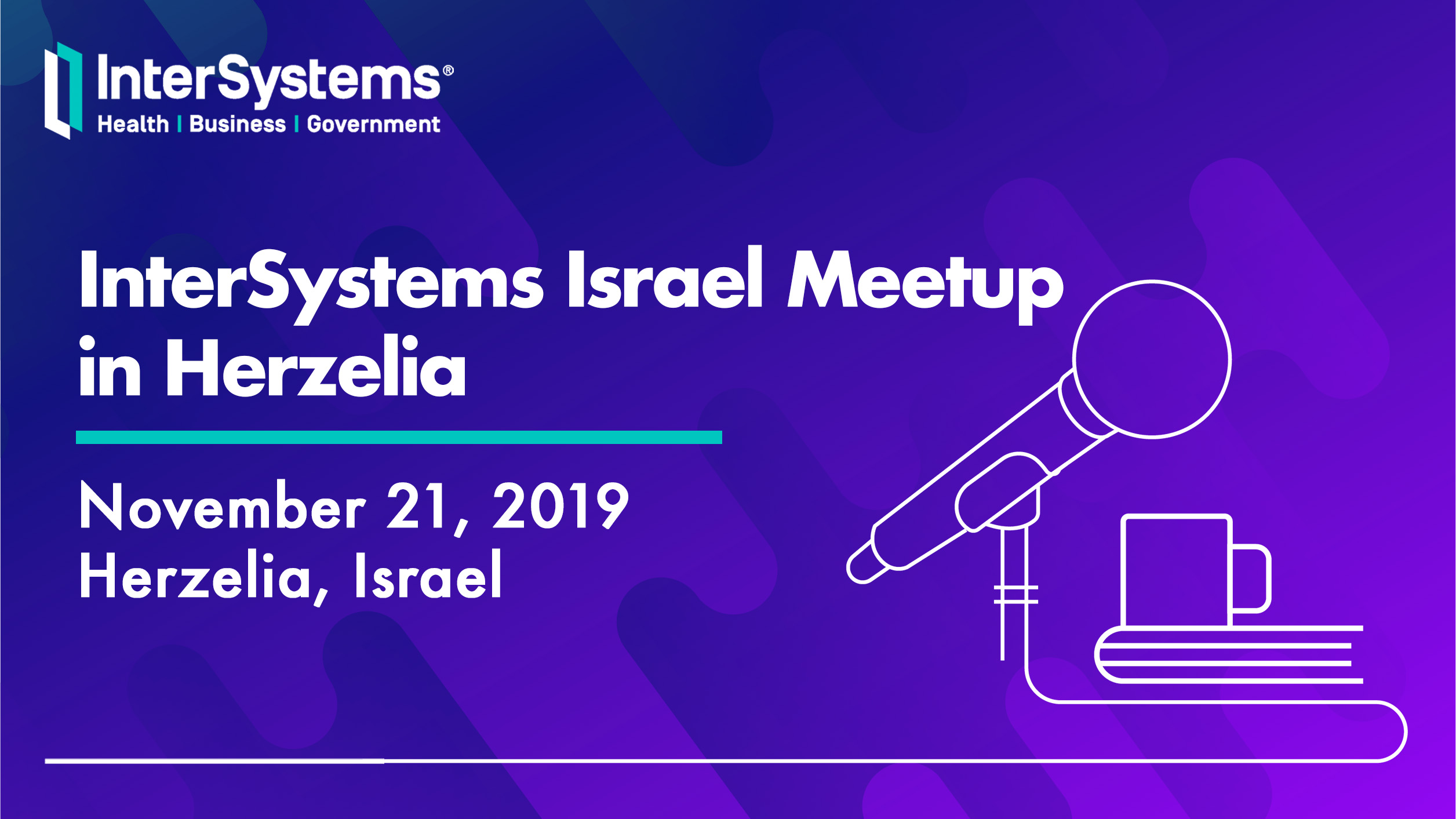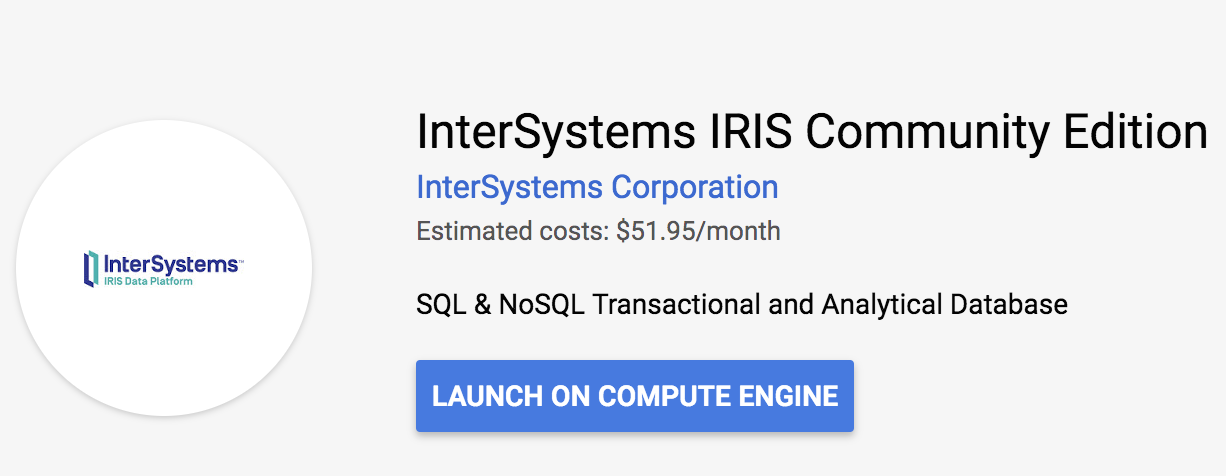i tried to install SAM 2.0.1. on a redhat 8 server.
i use docker for managing the containers.
I have followed the documentation for the installation and deployment of SAM step by step
when trying to start the SAM with the script i have an container that can't be created and the prompt not responding
.png)
must kill the process to stop .
Does anyone have an idea?


.png)


